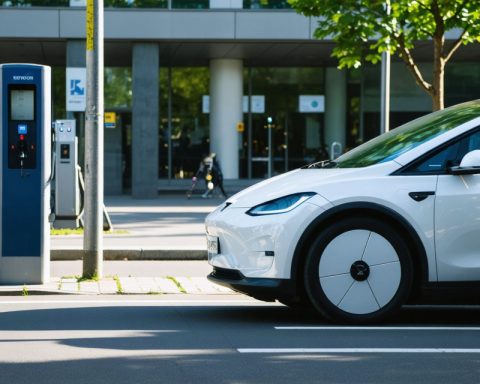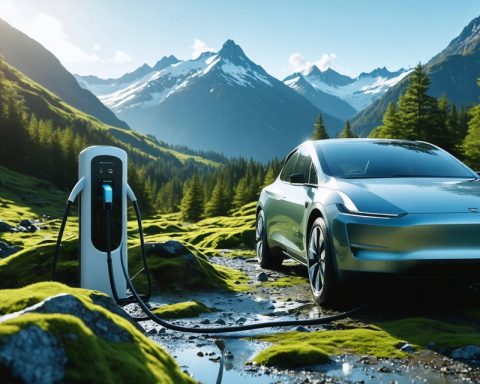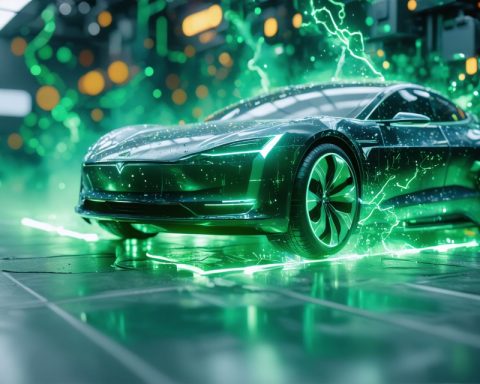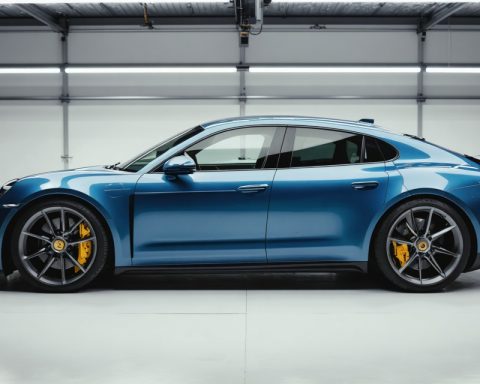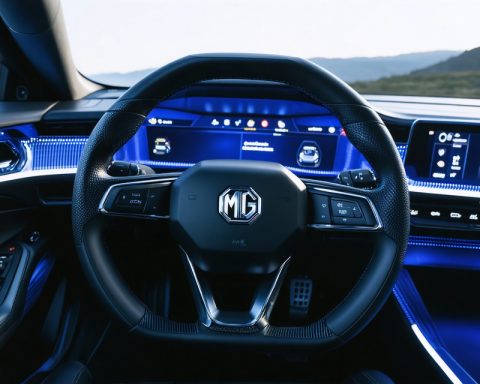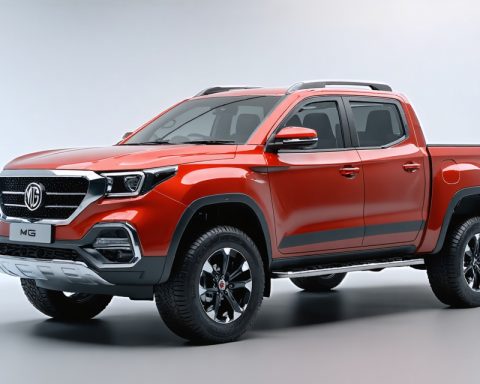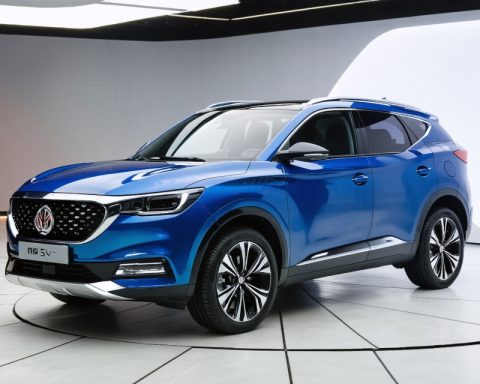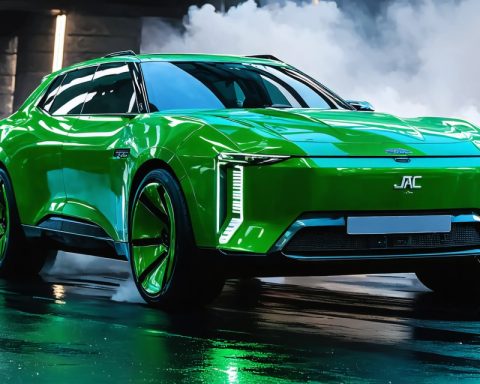- Second-life EV batteries present an opportunity to extend battery lifecycle and reduce environmental impact through repurposing instead of recycling once capacity drops to 70-80%.
- Innovative uses for these batteries include powering homes, construction sites, and serving as mobile UPS in cities like Berlin and New York to balance power grids.
- China leads in repurposing efforts, utilizing second-life batteries for telecom tower backups and large-scale UPS systems.
- Challenges include regulatory frameworks favoring recycling over reuse, causing Original Equipment Manufacturers (OEMs) to often prefer partnerships with recyclers.
- Despite challenges, global deployment of energy storage systems has significantly increased, indicating the growing potential of second-life battery systems.
- Repurposers are actively seeking collaborations and funding to innovate and promote the use of second-life batteries in sustainability efforts.
- The reimagined future of EV batteries aligns with innovation and environmental needs, fostering a sustainable energy transition.
Amidst the global transition toward sustainable energy, a movement is gaining traction that could redefine how we view one of the most critical components of electric vehicles: the battery. Traditionally, when these powerful engines of innovation drop to 70% or 80% of their original capacity, they are swiftly relegated to recycling. However, a burgeoning opportunity lies in second-life EV batteries — a concept that may revolutionize their lifecycle and reduce environmental impact.
Picture electric vehicle batteries, long thought to be past their prime, embarking on a new journey. No longer mere discarded remnants, these batteries are poised for a second act. This burgeoning practice, largely driven by innovative companies and spirited researchers worldwide, envisions repurposing these powerhouses for a variety of applications. They emerge from their vehicular origins to light up homes, power up construction sites, and even provide essential support at bustling festivals.
Enterprising businesses across Europe and the U.S. are leading the charge, collecting these batteries, testing for reliability, and repurposing them for lower-power devices and stationary storage solutions. In bustling metropolises like Berlin and New York, second-life batteries are being deployed as mobile uninterruptible power supplies (UPS), deftly balancing the grid during peak demands at concerts and temporary events.
While the market is still in its nascent stages, it’s undeniably growing. China’s aggressive stance on repurposing, utilizing these batteries for telecom tower backups and large-scale UPS systems, has set a formidable example. Yet, despite these promising developments, the road ahead is fraught with challenges. Regulatory frameworks, especially within the European Union, remain heavily skewed towards recycling, focusing more on minimum recycled content by 2031 and 2036, rather than encouraging reuse. Consequently, many original equipment manufacturers (OEMs) find themselves aligning with recyclers over repurposers.
Nevertheless, the rise of new lithium-ion energy storage systems has not eclipsed this emerging market. With global deployments soaring from 23.1 GWh in 2021 to an astounding 92.3 GWh in 2023, this growth underscores the potential synergy between first and second-life battery systems. However, the uphill battle to match performance and lower costs endures, as second-life batteries naturally inherit some degradation.
Yet, hope is not lost. The adaptability and ingenuity of repurposers continue to draw attention, forging partnerships and seeking funds to spark a renaissance in battery repurposing. As firms explore strategic collaborations and funding opportunities, the dream of a world where second-life batteries lead the charge in sustainability seems within grasp.
The narrative surrounding second-life EV batteries is a testament to innovation meeting environmental necessity. By carving out new paths and economies for what were once thought to be yesterday’s solutions, a future that brilliantly reimagines sustainability and energy use dawns. It’s a reminder that renewal, in all its forms, holds the key to a greener tomorrow.
The Surprising Second Life of EV Batteries: Unlocking Untapped Potential
Understanding the Second-Life EV Battery Revolution
As the world shifts towards sustainable energy, second-life electric vehicle (EV) batteries are becoming a focal point in discussions about reducing environmental impact and optimizing resource use. Traditionally, once EV batteries reach about 70% to 80% of their initial capacity, they are sent for recycling. However, a new movement is challenging this practice by repurposing these batteries for extended use in various applications, offering a transformative impact on their lifecycle.
Real-World Use Cases
– Home Energy Systems: Second-life batteries can be integrated into home energy storage systems, enabling homeowners to store excess energy generated from solar panels. This approach helps in reducing energy costs and providing backup power during outages.
– Industrial Applications: Construction sites and industrial zones are increasingly employing repurposed EV batteries as reliable power sources. Companies are deploying them to reduce reliance on diesel generators, thus cutting down emissions.
– Event Support: Festivals and concerts in major cities like Berlin and New York utilize these batteries to manage power demands efficiently, serving as mobile uninterruptible power supplies (UPS) that prevent disruptions.
Why This Matters
Repurposing EV batteries not only extends the life of the battery but also alleviates pressure on recycling systems and lessens the demand for new battery materials. This reuse helps conserve valuable resources and reduces the carbon footprint associated with manufacturing new batteries.
Market Forecast & Industry Trends
The second-life EV battery market is projected to grow significantly over the next decade. With global installations rising from 23.1 GWh in 2021 to 92.3 GWh in 2023, there is clear momentum. Markets in China and India are especially poised for growth, given their significant investments in renewable energy infrastructure and the necessity for stable grid support solutions.
Challenges & Limitations
Despite the promising aspects, several barriers remain:
– Regulatory Hurdles: The European Union’s regulatory framework still places a heavy emphasis on recycling rather than reuse, often making it difficult for companies to focus on repurposing.
– Degradation and Performance: Second-life batteries naturally experience some degradation, which can affect their performance. Thus, ensuring reliability for new applications requires comprehensive testing and validation systems.
Insights & Predictions
– Collaboration is Key: As partnerships between energy companies, automobile manufacturers, and technology firms grow, there’s potential to streamline processes and innovate solutions tailored to second-life battery systems.
– Evolving Technology: Continuous advancements in battery diagnostics and refurbishing techniques can mitigate degradation, enhancing performance and reliability for second-life applications.
Actionable Recommendations
1. Explore Partnership Opportunities: Firms should consider strategic collaborations with automotive manufacturers and energy storage companies to leverage technology and enhance repurposing capabilities.
2. Stay Updated on Regulations: Business leaders in this space should actively participate in dialogues around regulatory changes and advocate for policies that support reuse and repurposing.
3. Invest in Research & Development: Enhancing battery life and performance through innovative testing and refurbishing methods can provide a competitive edge in this growing market.
Final Thoughts
The narrative around second-life EV batteries is evolving quickly, symbolizing a blend of innovation and environmental stewardship. As companies, policymakers, and the public become more aware of the potential benefits, this movement is poised to redefine sustainability within the energy sector. Initiatives like these are foundational steps towards a greener, more resilient future.
For more insights into the realm of electric vehicles and sustainable energy solutions, visit the Green Car Reports.

